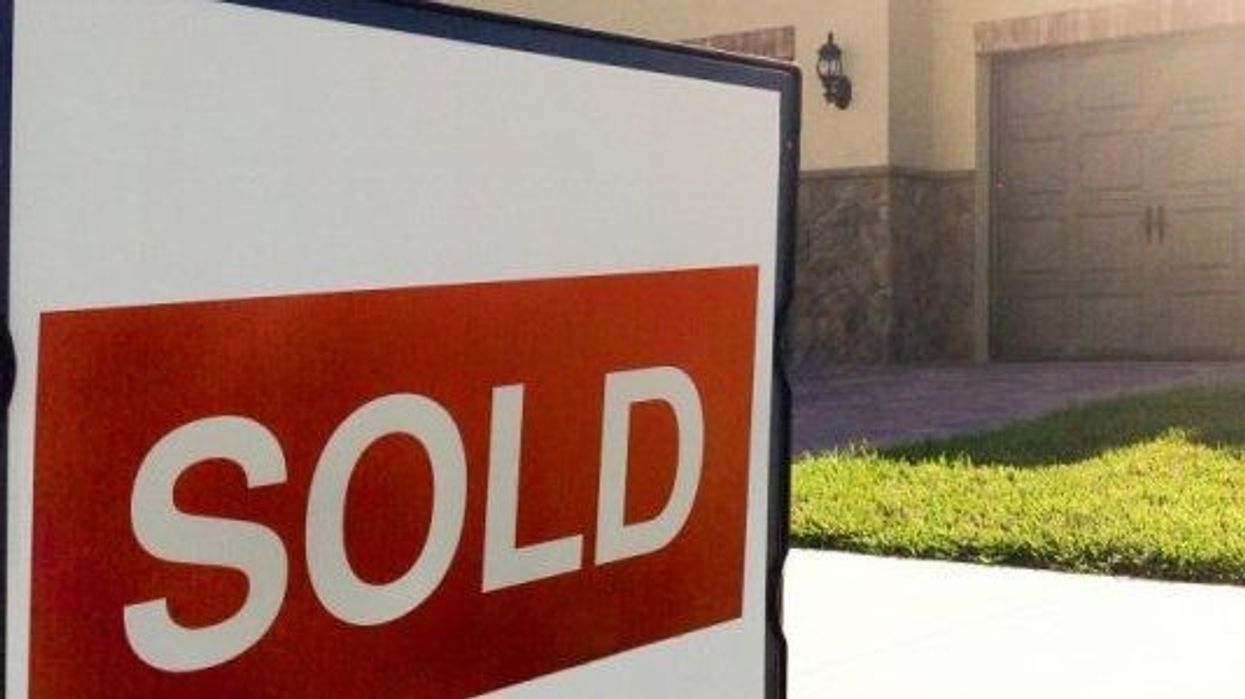With Toronto’s strong economy and growing population, October was a busy month for the GTA home market. According to the Altus Group’s Building Industry and Land Development Association (BILD), 1,296 detached, semi-detached, and townhouses were sold.
READ: September Single-Family Home Sales Rise 283 Per Cent From Last Year
That’s up a whopping 178 per cent from last October’s near-record low, though sales are pretty on-par with the 10 year average. For condo sales – including those in low, medium, and high-rise buildings, stacked townhouses and loft units – sales went down 3 per cent from October 2018 to just 3,424 units, though that still represented 13 per cent higher than the 10-year average.
“Pent-up demand is gradually being released, aided by favourable mortgage rates and some increase in the availability of single-family product that is affordable to a broader range of buyers,” said Patricia Arsenault, Altus Group’s Executive Vice President, Data Solutions.
It’s still questionable, however, what “range” of buyers could throw down $1,074,791 – the current benchmark price - for an “average” single-family home in the GTA. Call it what you like, but that type of buyer is the narrow category of individuals raking in over $160,000 a year – and some damn fine credit to boot. The condo benchmark price rose to $833,827 this month, up 7.5 per cent from a year prior.
READ: Single-Family Home Sales Exceed Expectations For 10th Month Straight
As housing demand continues to outstrip supply, it’s good to know there is some relief in sight with inventory increasing from the previous month to 19,718 units and even more in preconstruction.
“Based on population projections, it is clear that the demand for housing in the GTA is not going away,” said David Wilkes, BILD President & CEO. “That’s why BILD is very supportive of the provincial government’s efforts to achieve long-term balance in the housing market. The math is simple. We need to make the process of bringing new homes to market simpler, faster, and fairer to help create more housing supply and more affordable market.”
With more than 283,000 families currently sitting on the affordable housing waitlist – the situation has grown to emergency proportions.





















